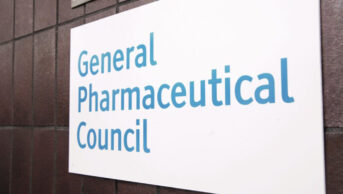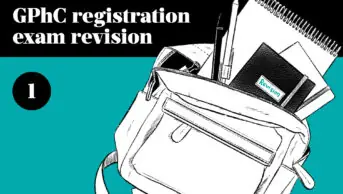
NHS England has published guidance that will enable patients requiring out-of-hours emergency medicines to access them more quickly.
The guidance, published on 20 June 2017, gives advice to community pharmacists on how to deliver the NHS Urgent Medicine Supply Advance Service (NUMSAS) — a pilot scheme developed to manage referrals from NHS 111, the free number to call for medical help.
NUMSAS was launched in December 2016 and is continuing until March 2018. An interim review is due in September 2017. Since its inception, the scheme has received mixed responses. While some argue that NUMSAS marks an important step towards integrating community pharmacies into the urgent care system, others say the scheme is complicated and clunky.
According to NHS England, around 200,000 people (roughly 2%) of callers to NHS 111 require urgent supply of emergency medicines.
To be eligible to provide the service, pharmacy staff must register on the NHS Business Authority website and comply with the terms of service for NHS pharmacists. Pharmacists must also be able to use the Electronic Prescription Service, NHSmail (to liaise with GPs) and the relevant messaging system to receive referrals from NHS 111.
The NUMSAS service must continue running throughout all opening hours during the day without interruption on holidays and sick days and does not replace the formal contractual arrangement between the pharmacy and NHS England to provide the service, the guidance says.
Under the scheme, contractors will be paid a consultation fee of £10.00 and an administration fee of £2.50 for each referral received from NHS 111 irrespective of whether or not an emergency supply is made. Where a medicine or appliance is supplied, a supply fee of £1.50 will be made for the first item and an additional £0.50 will be paid for each additional item supplied.
In Scotland, a similar scheme allows patients to access emergency medicines from any community pharmacy — but not for two consecutive prescriptions, in order to prevent misuse of the system.
- On 27 June, 2017, this article was amended to correct an error regarding the supply fee.
You may also be interested in

Pharmacy regulator considers giving up legal authority to conduct covert investigations of pharmacists

More than 40% of people with ADHD waiting at least two years to access mental health service, study finds
